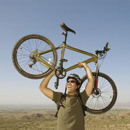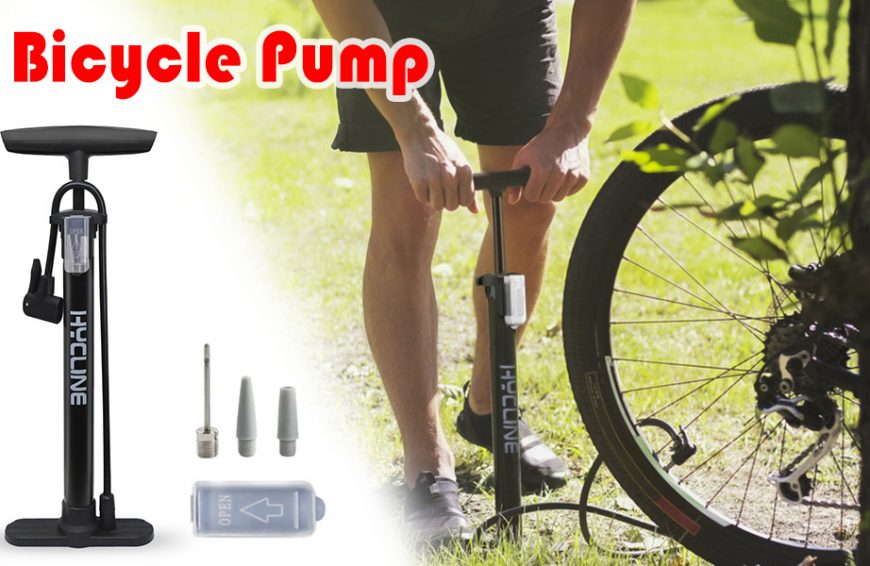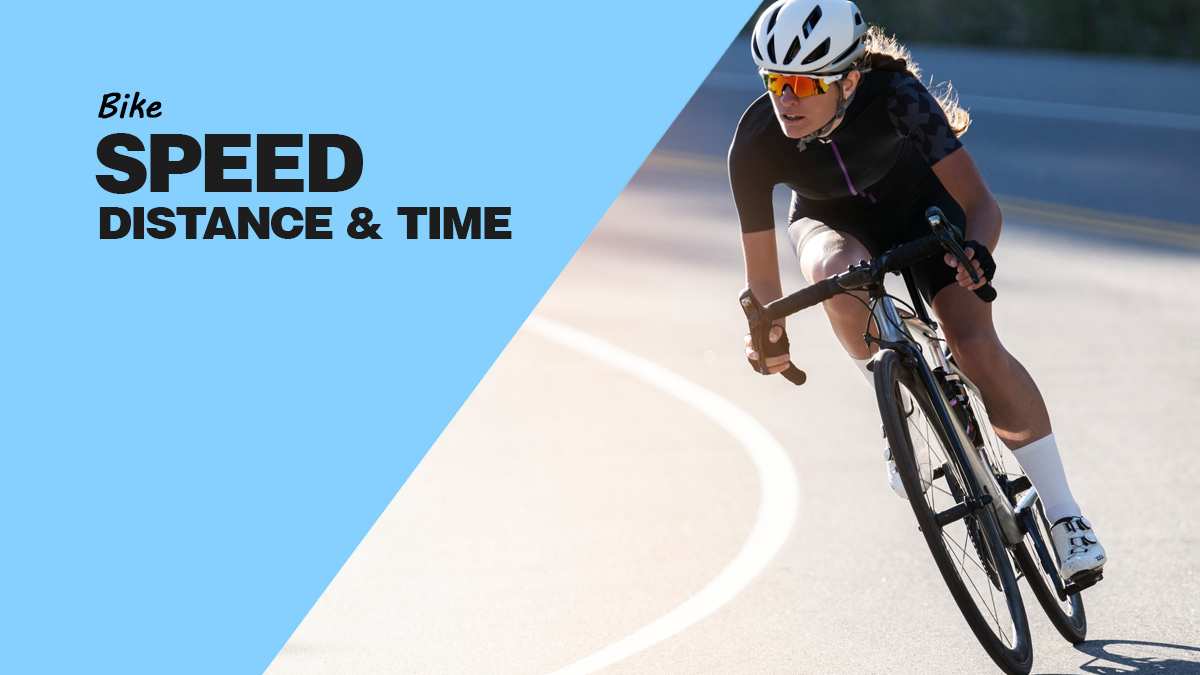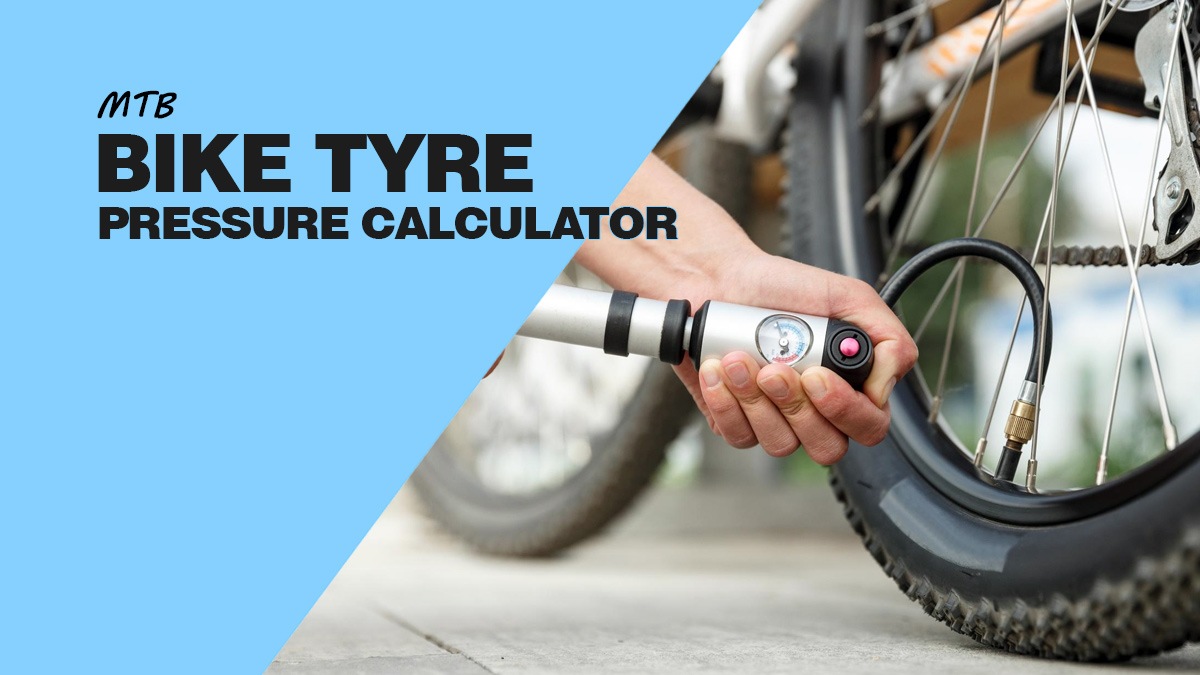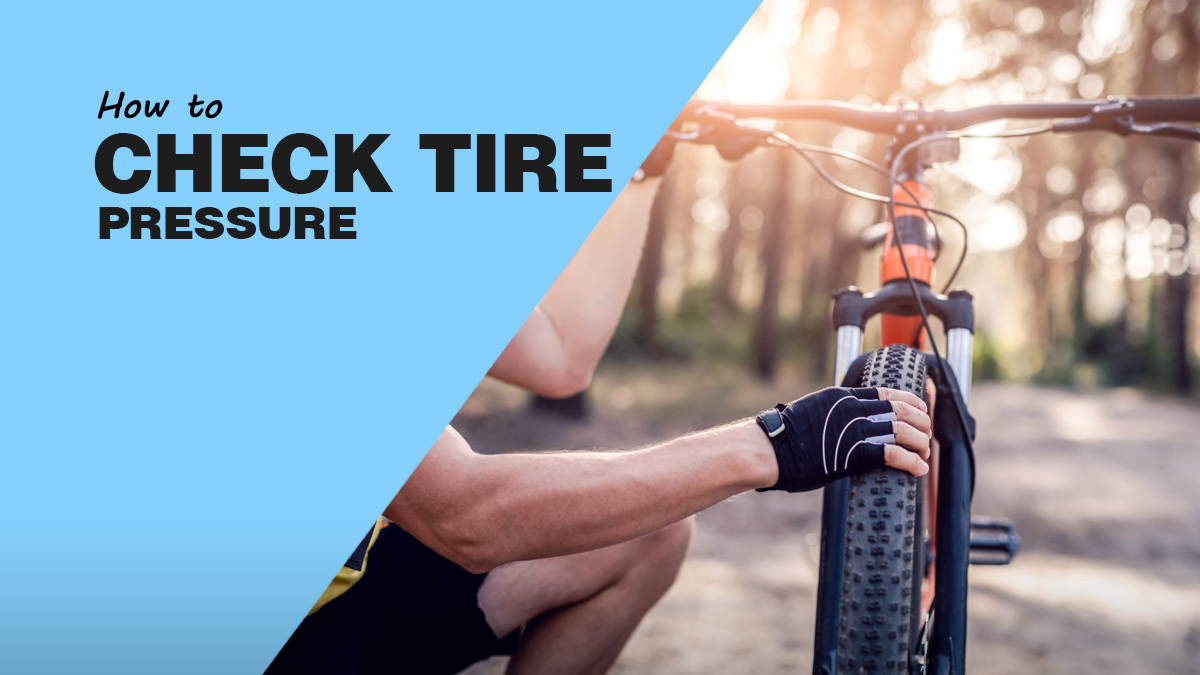The one thing in cycling we can call inevitable is flats! Even if your tire is in perfect condition, you can face pressure loss due to something as simple as a temperature change! That’s why bike pumps come in handy. There is no deep science to using them but yes! There are some things you have to take care of.
If it is your first time looking at a pump, there’s nothing to be scared of. Trust me, We got this! There are three different types of pumps:
- Portable Pump
- Floor Pump
- Electric Bike Pump
Let’s jump to how to use a bike pump without wasting any time:
How To Use A Bike Pump
1. Determine Which Valve Type You Have First
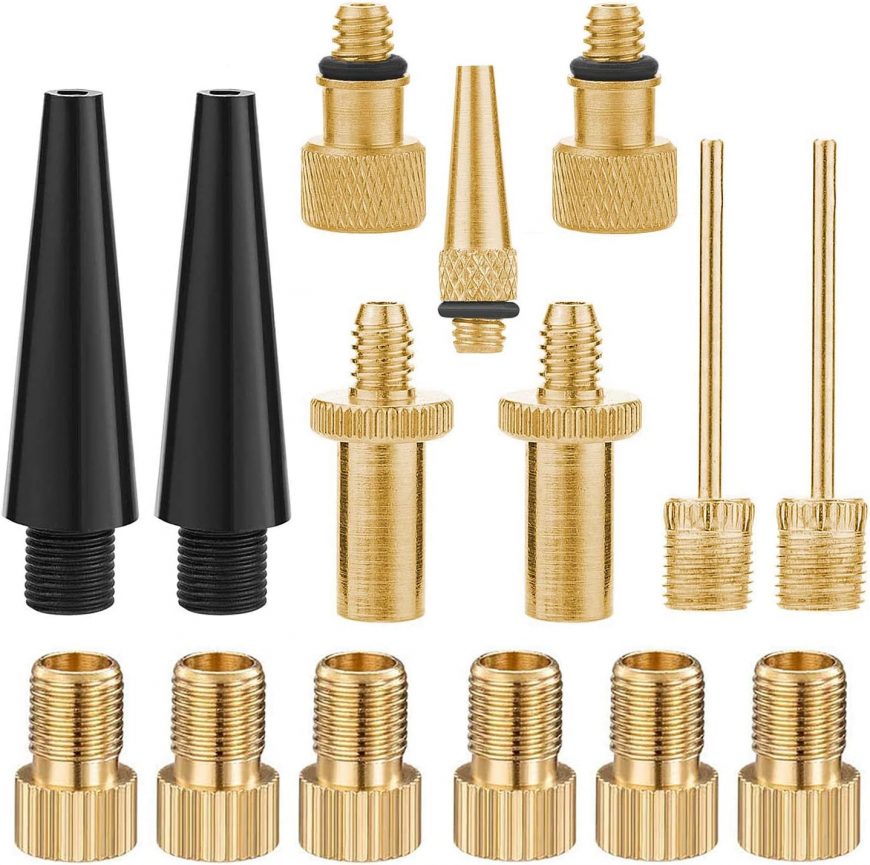
There are mainly two types of valve types:
- Presta Valve
- Schrader Valve
| Valve Type | Description |
|---|---|
| Presta Valve |
|
| Schrader Valve |
|
| Valve Adapter | Allows compatibility between Presta and Schrader valves |
| Why it Matters |
|
2. Carefully Remove Valve Cap
Start by removing the plastic cap the valve has. It will protect your valve from dust and other kinds of foreign materials. Be careful with the cap. Don’t lose it. You’ll need it when you use the hand pump.
3. Check Your Current Tire Pressure Level
Check your tire’s current pressure level. You can use a gauge to check your pressure level.
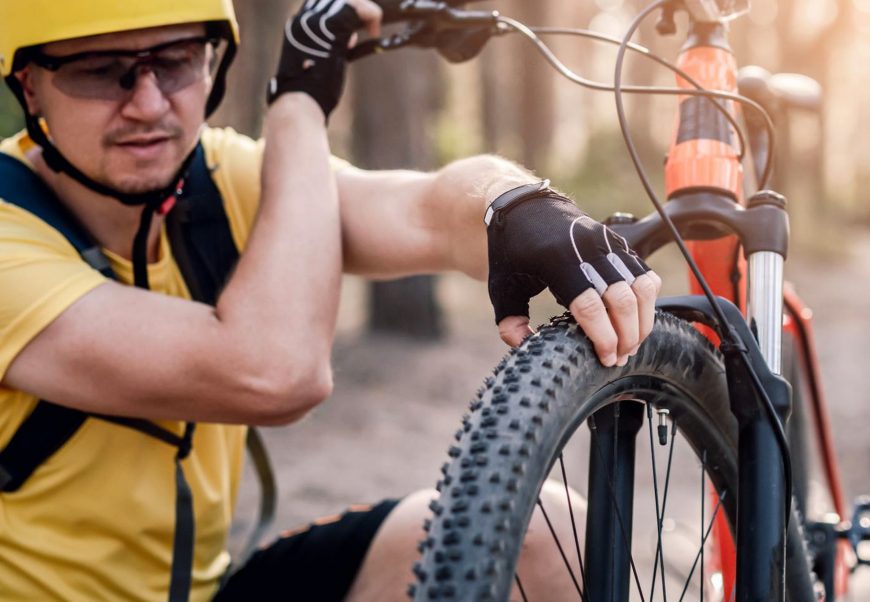
Here is the recommended PSI for different kinds of bikes.
- Road Bikes: 80-130 PSI
- Mountain Bikes: 30 PSI
- Hybrid Bikes: 40-70 PSI
Learn how to check bike tire pressure and keep your bike running smoothly3
4. Check The Pump Type
Now, let’s work out what type of pump you have.
- Floor Pump
- Hand Pump
Floor Pump
In a floor pump, you place your feet on the base and then pump the air through the pressure hose. This pump is best suited for quick fixes. Most, competitive cyclists use this kind of pump because it can supply large volumes of air in a short time.
Hand Pump
This pump is smaller in size than a floor pump. It has a small bulb-type rubber material that you squeeze to supply air to the tires. You can use this pump if you want to supply a precise amount of air to your tires.
Read our guide to learn how to inflate tubeless tires in 4 easy steps and get back on the road in no time
5. Open The Valve For Air Filling (Presta Valve)
If you have a Schrader valve, skip to the next step. Open the valve. Use pliers to unscrew it. You can use your hands too. Once the valve is open, push down on the top gently. This will remove a minimal amount of air pressure.
Feeling bothered by frequent flat tires? Learn everything there is to know about bike tire pressure loss and how to fix it.
6. Attach The Pump Nozzle To The Valve
Okay, so which exact nozzle hole? Presta valves are longer and the Schrader valves are wider. Schrader valves will require a big hole and Presta valves will require a small hole.
In the case of a floor pump, you can use the pump lever. Make sure that there is a 90-degree angle before using it. Now attach the nozzle to the valve. You can press on it or screw it. Then push down a little, this will secure the nozzle. If you see any air escaping, don’t panic. It’s completely normal.
Get back on the road in no time with our guide to installing bike tires.
7. Time To Pump Air In The Tires
Hold the nozzle in place and while using the other hand, pump the recommended air into the tires. It’s easier with a floor pump.
When using the hand pump, start with the high-volume setting first and then move to the high-pressure setting.
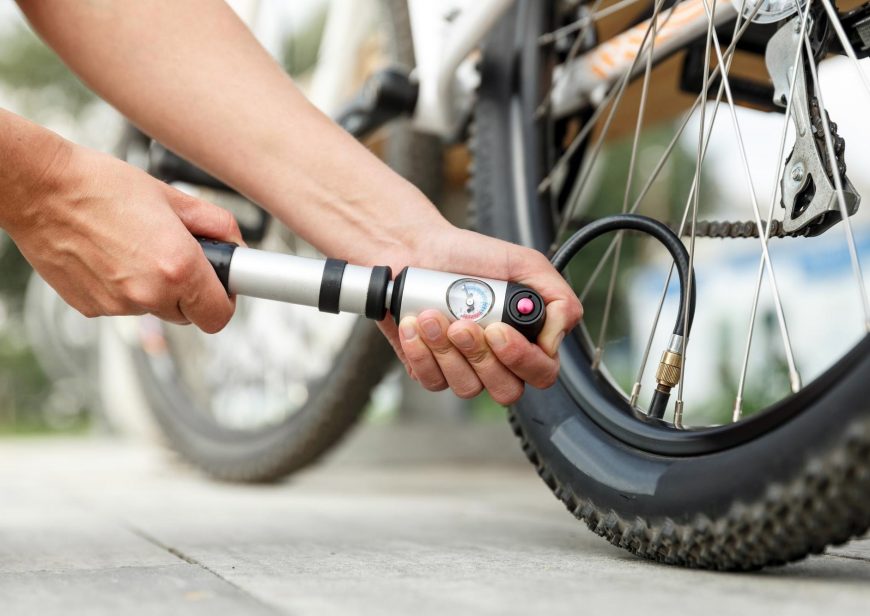
8. Remove The Pump From The Nozzle
Okay now remove the pump from the nozzle. It’s completely normal to lose some air. Just try to minimize the air loss.
9. Now Close The Valve
Close the Presta valve but be careful. You can use pliers but don’t close them too tight. If you did it correctly, then there would be no “Hissing” sound. Handle the pump head carefully.
Keep your bike in top shape with our guide to basic bike maintenance
10. Place The Valve Cap Carefully
Remember the plastic cap that you removed in the beginning? Yeah, the one I specifically asked you not to misplace! Reattach it to the valve.
Congratulations, your bike is ready for the road now! Inspect everything before you head out!
Use our MTB tyre pressure calculator to find the perfect pressure for your ride
FAQs
What does PSI stand for?
Pounds per square inch is the full form of PSI.
How do I know my tire pressure?
You can know your tire pressure by using a gauge. To find the recommended tire pressure, check the side wall of your tire.
Is 40 PSI too high for tires?
It might be too high for some types of bike tires. Check the recommended PSI for your tire before filling it up.
Does 2 psi make a difference?
Yes, it will make a difference.
Using Bike Pumps: A Recap
Can you imagine your bike rolling without tires? Exactly! Maintaining them could be a pain but it’s worth it. You can either use floor pumps yourself or take the bike to a local bike shop. Whatever floats your boat!
So, I hope you’ve learned how to pump your tires by now! Hit me up in the comment section below!
Also Read
- How To Choose The Right Bike Work Stand For Your Bike Repair Needs
- How To Fix A Dropper Post? Common Problems And Solutions!
- How To Maintain Proper Cycling Posture -Tips And Tricks
Should you have any questions or require further clarification on the topic, please feel free to connect with our expert author Luke Ameen by leaving a comment below. We value your engagement and are here to assist you.

